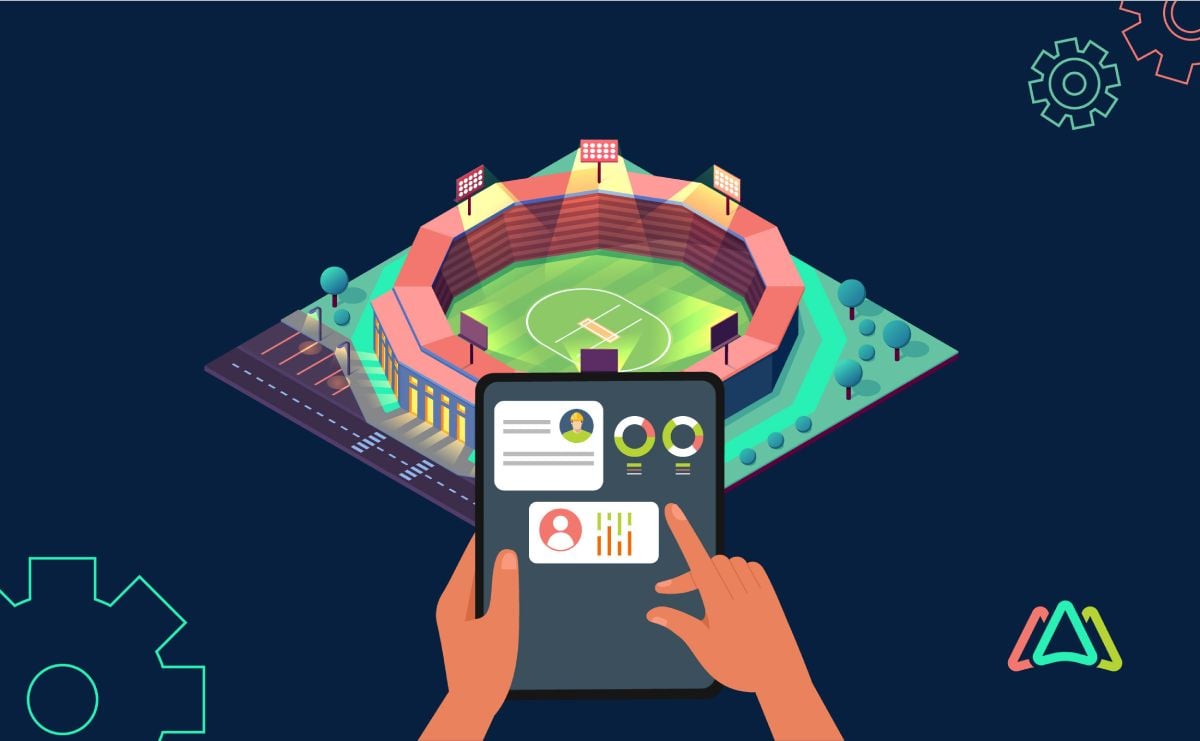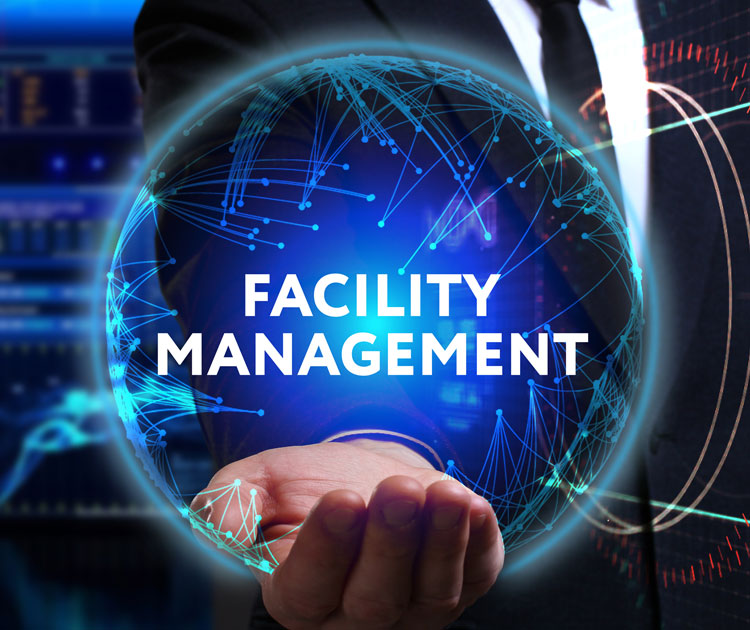The Duty of Facility Management in Enhancing Functional Efficiency
The Duty of Facility Management in Enhancing Functional Efficiency
Blog Article
Make Best Use Of Performance and Security: Finest Practices in Facility Monitoring
In today's quickly advancing landscape, maximizing effectiveness and safety in facility management has become a crucial focus for organizations aiming to enhance functional efficiency. By integrating clever technology, focusing on upkeep protocols, and fostering a society of security, center supervisors can considerably boost both productivity and conformity. Nevertheless, the challenge hinges on efficiently carrying out these methods while navigating the complexities of modern workplaces. What specific methods can be employed to make certain that these efforts not just exist together yet additionally reinforce one another in a lasting way?
Embrace Smart Innovation

Executing smart sensors and automation systems permits accurate monitoring of ecological problems, tenancy levels, and tools performance. This data-driven approach not only educates decision-making however also supports predictive maintenance, lessening downtime and prolonging property life. Furthermore, clever innovation improves user experience by producing adaptive settings that reply to the demands of occupants.
Integrating clever systems likewise advertises sustainability efforts, such as energy-efficient illumination and a/c systems, adding to minimized carbon impacts. By embracing these developments, facility supervisors can ensure that their operations stay competitive, resilient, and straightened with modern sustainability goals. Eventually, the change towards smart modern technology represents a transformative action in redefining facility monitoring for an extra lasting and reliable future.
Prioritize Normal Maintenance
Regular upkeep is critical for ensuring the durability and effectiveness of center procedures. A well-structured upkeep program not only prolongs the life of devices and framework but also minimizes the probability of unexpected failings that can interrupt procedures. By prioritizing normal maintenance, facility managers can recognize prospective problems early, allowing for timely treatments that lessen costly repairs and downtime.
Developing a regular maintenance timetable is crucial. This must include regular assessments, maintenance, and needed repair services for all equipment, HVAC systems, plumbing, and electric systems. Making use of a computerized upkeep administration system (CMMS) can simplify this process, supplying monitoring and signals for upcoming maintenance jobs.
Moreover, cultivating a society of accountability among personnel boosts the efficiency of upkeep efforts. Training personnel to identify and report maintenance issues can lead to positive management rather than responsive responses. Furthermore, documenting upkeep tasks makes sure conformity with safety and security laws and gives important insights for future planning.
Implement Safety And Security Training Programs
A comprehensive safety and security training program is necessary for promoting a safe functioning atmosphere in any center. Facility Management. Such programs furnish staff members with the knowledge and abilities required to identify hazards, execute security methods, and respond efficiently in emergencies. By focusing on safety and security training, companies can dramatically lower the risk of injuries and accidents, thereby enhancing overall performance
To carry out a reliable safety training program, it is vital to customize the content to the particular requirements of the center and its procedures. This consists of carrying out a detailed risk evaluation to identify possible risks one-of-a-kind to the office. Training must include a range of topics such as proper equipment usage, emergency evacuation procedures, and emergency treatment techniques.
In addition, it is essential to engage workers actively throughout training sessions. Making use of real-life circumstances and hands-on demonstrations can improve understanding and retention of safety methods. Routine refresher course training courses need to also be scheduled to keep safety and security awareness at the forefront.
Optimize Space Usage
Efficient space utilization is a vital component of center management that directly impacts operational performance and cost-effectiveness. Organizations typically fight with underutilized or chock-full rooms, leading to ineffectiveness and raised costs. To enhance space use, center supervisors must perform normal analyses to identify just how spaces are currently being utilized and where renovations can be made.
Applying adaptable office designs, such as open workplace formats or modular furnishings, can substantially enhance versatility to transforming needs. Furthermore, leveraging technology, such as area monitoring software, can offer beneficial insights right into occupancy patterns and assist identify underused areas.

Establish Clear Interaction Networks
Maximizing area utilization frequently exposes the requirement for robust interaction approaches within a facility. Clear communication networks are essential for facilitating efficient cooperation amongst team, upkeep teams, and monitoring. By developing these channels, facility managers can guarantee that details flows effortlessly concerning area use, functional changes, and safety and security procedures.
Applying a multi-faceted interaction technique-- integrating electronic systems, such as emails and group cooperation devices, with in person communications-- can substantially improve interaction and details dissemination. Normal conferences should be scheduled to discuss recurring jobs, address issues, and share updates. Additionally, producing a centralized info center, such as an intranet, enables employees to gain access here to vital files and announcements quickly.
Furthermore, feedback devices are necessary to assess the performance of interaction techniques. Motivating team to share their insights can cause renovations and cultivate a society of visibility. Training programs concentrated on communication skills read more can better encourage workers to convey details clearly and effectively.
Ultimately, establishing clear communication channels not only optimizes efficiency yet likewise improves safety by guaranteeing that every person is informed and aligned with the center's operational objectives.

Conclusion
In final thought, the assimilation of clever innovation, routine maintenance, comprehensive safety training, maximized space application, and efficient communication channels collectively enhances efficiency and security in center monitoring. These best techniques offer as necessary parts for reliable facility monitoring.
In today's rapidly advancing landscape, optimizing performance and safety in center management has become a critical focus for organizations aiming to enhance operational efficiency. By integrating clever technology, focusing on maintenance get more info protocols, and cultivating a society of safety, facility supervisors can significantly improve both productivity and compliance.To carry out an effective safety training program, it is critical to tailor the material to the specific demands of the center and its procedures. By establishing these channels, facility managers can make sure that details streams flawlessly pertaining to space use, operational changes, and safety and security procedures.
In conclusion, the assimilation of smart technology, normal maintenance, thorough security training, maximized space use, and reliable interaction channels collectively improves efficiency and security in facility management. - Facility Management
Report this page